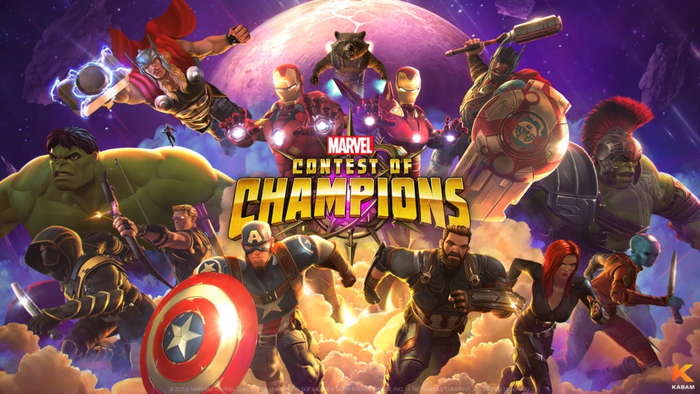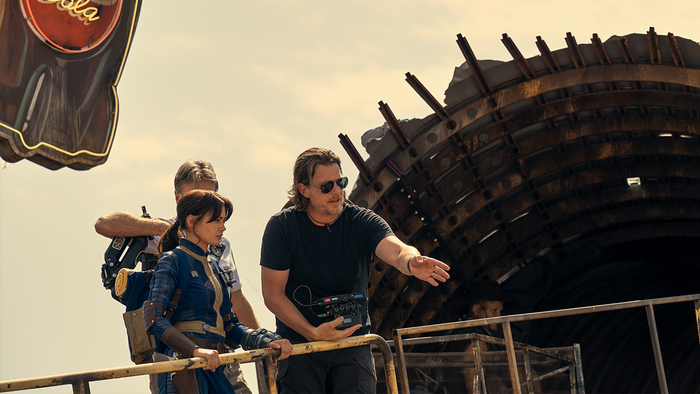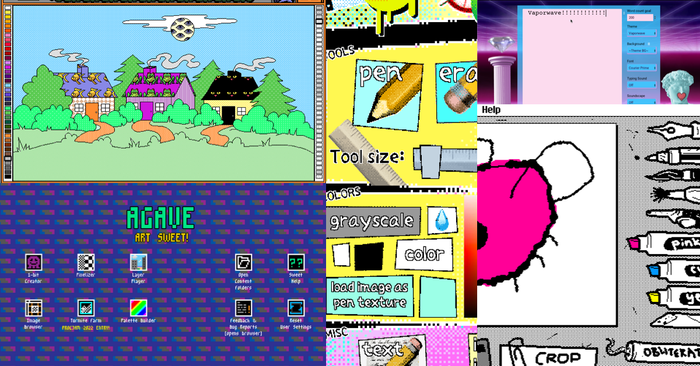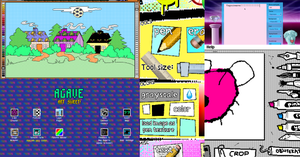"First you have an idea for your game. Second, you make that game. Third, you iterate and playtest those mechanics until they're engaging, and fourth, you launch it."

Most new game developers follow production logic that's a bit too simple, says Kellee Santiago, of game platform-holder OUYA. Here's the typical production that students and first time indies often use: "First you have an idea for your game. Second, you make that game. Third, you iterate and playtest those mechanics until they're engaging, and fourth, you launch it." "This is okay for a student project," says Santiago. "You'll probably have lots of crunch, and it'll probably take a lot of time, but that's okay, because you're a student, and you don't need your game to be done until you're handing it to your teacher." But drawing from her time as president of Journey and Flower developer ThatGameCompany, she says there's a big leap from those simplistic models of production to something that's actually usable by modern indies. Most production models, such as the Cerny Method, and Agile/Scrum, assume that you're part of a larger company, with support from PR, marketing, and financial people. But most indies have to do all of this themselves, on top of making sure the core gameplay loop is satisfying. During her GDC China talk, Santiago outlined her adjusted production model, presuming you're also leading your company. 1. Assess assets & constraints. "We have to assess the realities of the time space continuum," she joked. "How long can we go with the money we have? What are our skills, and do we need to supplement them? How much time do we have? What are the major unknowns of the game? The features that have the biggest effect on the final experience. And the more unknown the game design, the easier it needs to be executed upon." 2. Evaluate the marketplace. What are the competing products? How is your game different from them? Where have they succeeded, and where have they failed? "How is your game going to stand out?" she poses. "If you're making a retro platformer, how are you different? Try and find sales data on those games, either by asking around at conferences, or looking at their standing on Steam or Google Play." "Be empowered by the ability to learn what they did right, what they did wrong, and how you can use that information to improve your game," she added. "You should look at other works, games or not, that explore similar ideas to your game." 3. Look at the calendar of events. You can sort of use submission to competitions as milestones, as an indie. "For every one of these events, you're going to need a stable, great-feeling build," she says. "It's weird to think about this at the beginning of your project, but it'll impact what features you're working on, and when. You might need a working, stable build in time for the Independent Games Festival competition." 4. What are the biggest unknowns? "Are they critical to the experience?" she asks. "Those are the features you want to start prototyping first." You need to know how and where they're going, and whether they're even worth trying. 5. Vertical slice. Get input on this vertical slice as soon as you can, making sure a solid subset of your features is in place. 6. Alpha I. This is when you first have your game playable from the very beginning to the end. Get lots of people to play it. "This is also the first time you can step back and look at the game in a potential final state," she says. She also finds that indies often have some big features missing when they get here. "You may still have to add some features to make it feel like a core experience," she says. 7. Alpha II. All features should be implemented and final, and you do lots and lots of playtesting, all throughout Alpha I and Alpha II. 8. Beta. By now everything's solid, and you should just fix bugs. There's always the urge to succumb to feature creep, but you have to lock it down. 9. Re-evaluate the schedule regularly. You have to keep having conversations about your schedule and your budget. Technically, she says, this shouldn't be number nine, it should be a sub-point after each step. "It's always tempting to keep working, and fix all those bugs," she says, "but it'll keep everyone much more sane if you keep evaluating your schedule and budget." 10. Maintain a stable build. "The longer we go without addressing bugs, the harder they are to find, and the more entangled they become," she says. Vertical slice sprints can help with that, making sure your build is stable all the time. After this, your game is ready to ship! Gamasutra and GDC China are sibling organizations under parent UBM Tech.
Read more about:
event gdcAbout the Author(s)
You May Also Like








